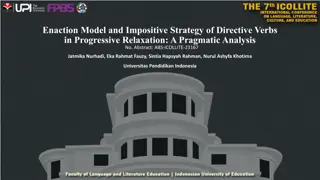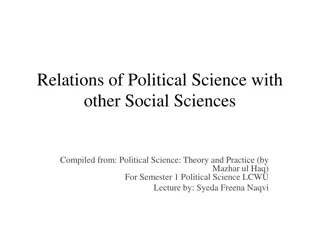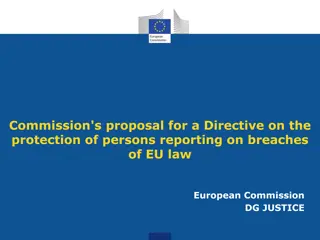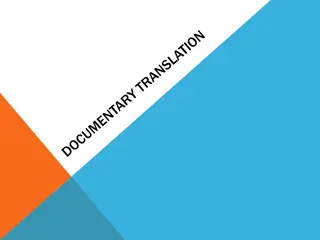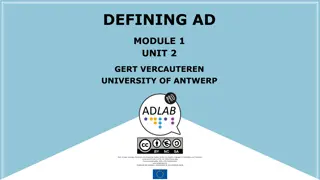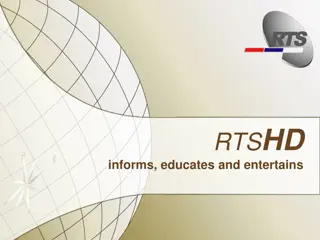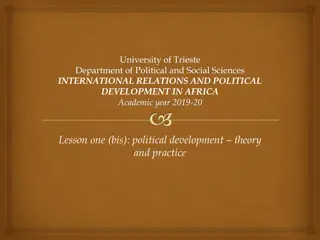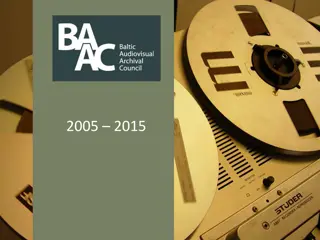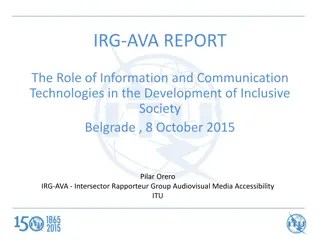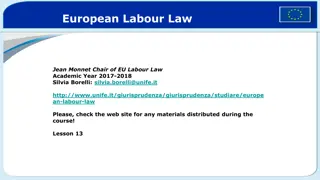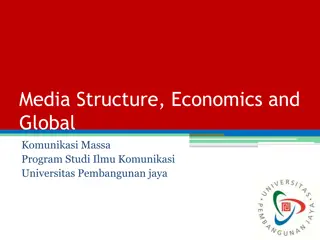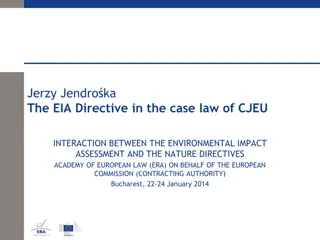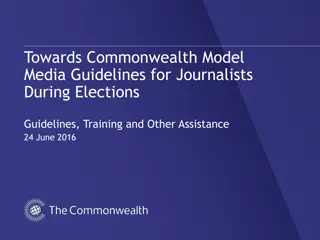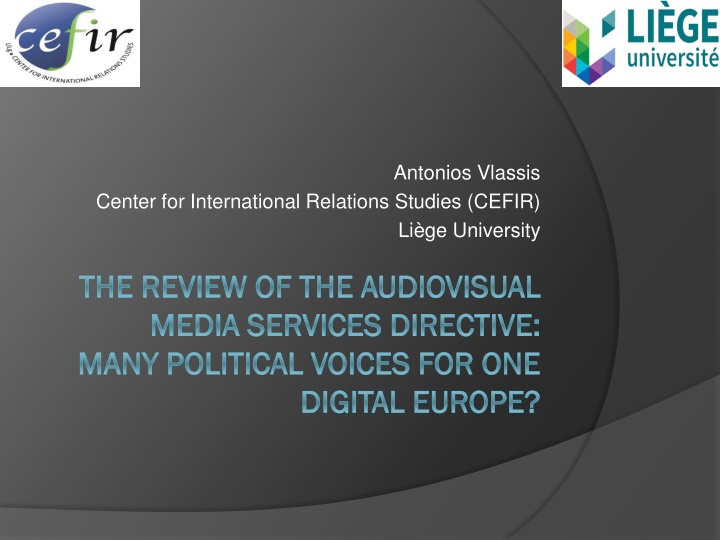
Review of Audiovisual Media Services Directive: Many Political Voices for Digital Europe?
The review explores the implications of the Audiovisual Media Services Directive within the context of digital convergence, examining the perspectives of various European-level associations and stakeholders. Key issues such as the scope of the directive, promotion of European works, and the country of origin principle are analyzed.
Download Presentation

Please find below an Image/Link to download the presentation.
The content on the website is provided AS IS for your information and personal use only. It may not be sold, licensed, or shared on other websites without obtaining consent from the author. If you encounter any issues during the download, it is possible that the publisher has removed the file from their server.
You are allowed to download the files provided on this website for personal or commercial use, subject to the condition that they are used lawfully. All files are the property of their respective owners.
The content on the website is provided AS IS for your information and personal use only. It may not be sold, licensed, or shared on other websites without obtaining consent from the author.
E N D


